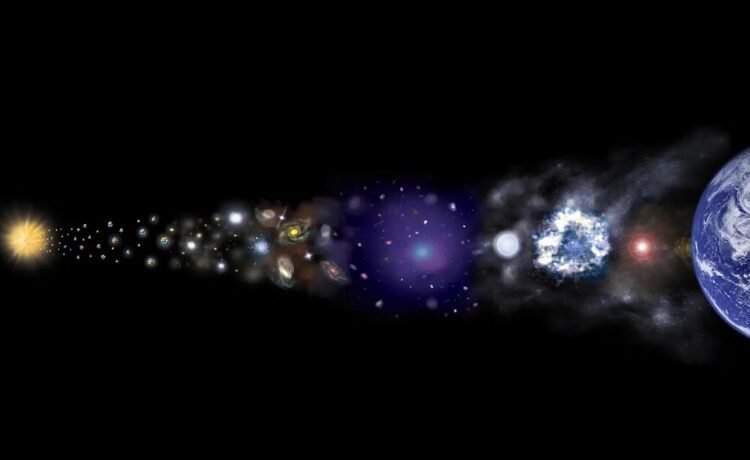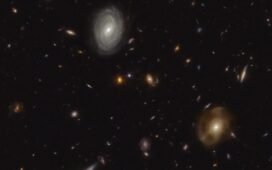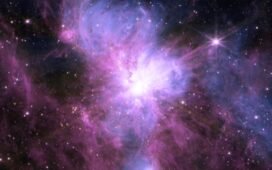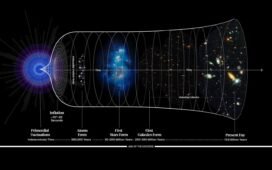From a hot, dense, uniform state in its earliest moments, our entire known Universe arose. These unavoidable steps made it all possible.
Try, if you dare, to imagine what the Universe was like right at the start of the hot Big Bang. Everywhere, all at once, space was populated by a primordial bath of quanta: particles, antiparticles, photons, gluons, and more, including anything and everything whose existence is possible with enough energy. In each moment that elapses, particles collide in enormous numbers — sometimes annihilating, sometimes transmuting from one species to another, sometimes creating new quanta via Einstein’s E = mc² — but the Universe also expands. As the Universe expands, it cools, with each quantum losing energy, having its wavelength stretched, and causing the density of the Universe to drop, which further decreases the overall collision rate.
Eventually, after hundreds of thousands of years pass, neutral atoms stably form. Millions of years later, a sufficient amount of gravitational collapse has occurred that enormous, massive clouds composed of those atoms begin to form stars for the first time, giving rise to both the seeds of modern-day galaxies and the heavy elements that would enable the formation of rocky…















